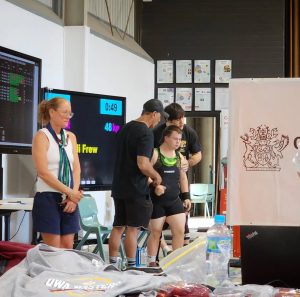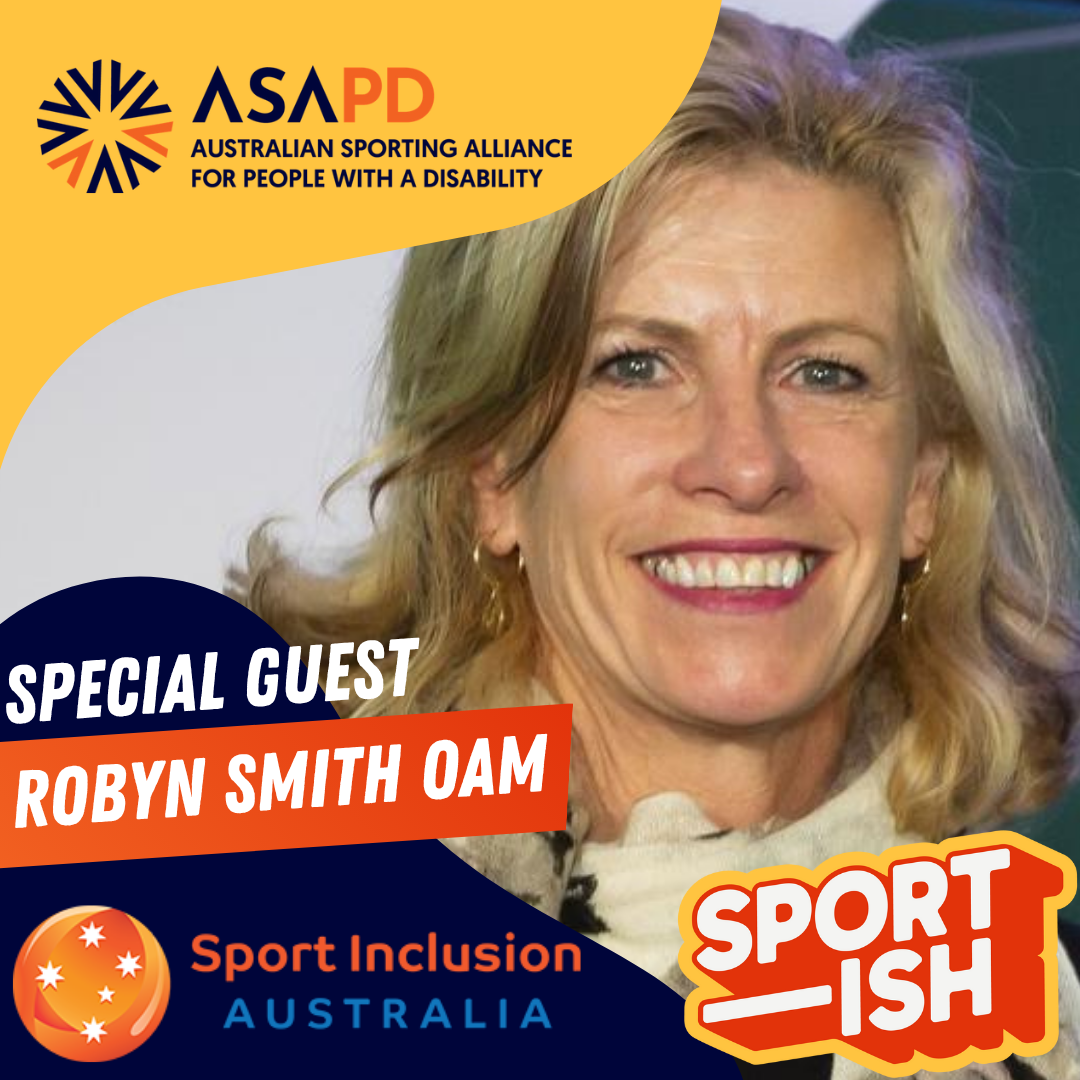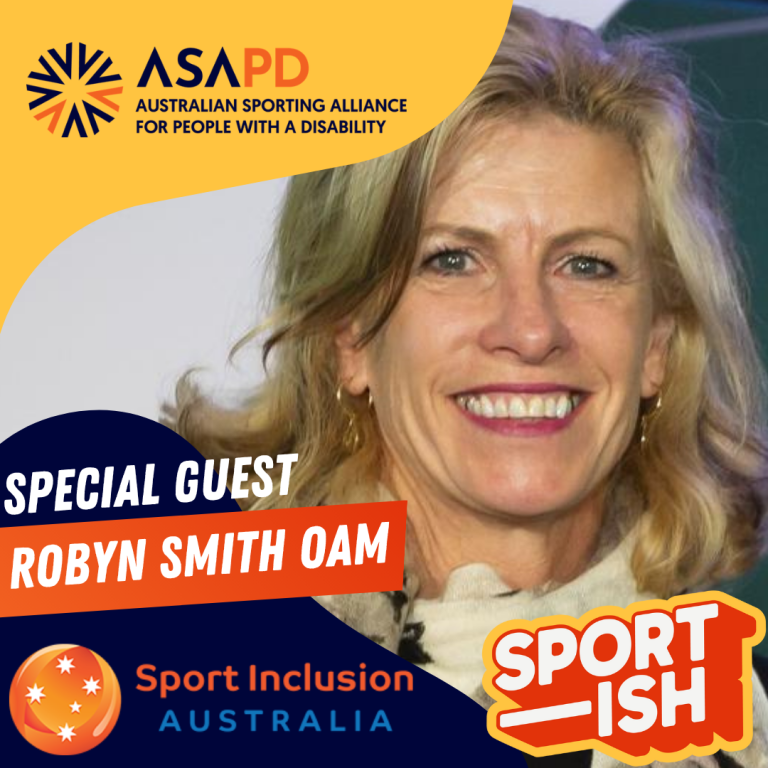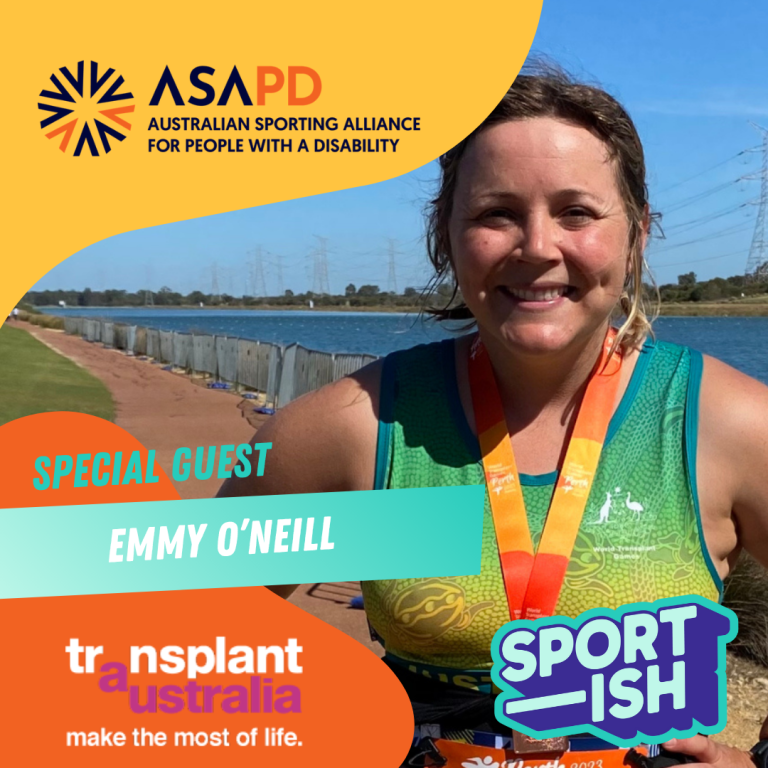
Meet Pierre Comis, the dedicated and passionate CEO of Special Olympics Australia (SOA). With over two decades of experience in sport development and participation, Pierre’s journey includes notable roles with major sporting organisations such as the AFL and NRL, as well as 12 years at the Australian Sports Commission. His commitment to inclusivity became evident when he designed and developed the Inclusive Sport in Schools program, ultimately leading him to take on the role of CEO at SOA.
Pierre, a father of three, is not only a seasoned professional but also a role model for inclusion, driven by the desire to make a positive impact in both his professional and personal life. His leadership at SOA is marked by a focus on Physical Literacy, strategic partnerships with National Sporting Organisations, and innovative initiatives like the Inclusive Sport Academy. Pierre’s vision extends beyond traditional barriers, emphasising the importance of inclusivity, accessibility, and enjoyment for everyone involved. With a track record of success, including Australia’s remarkable achievements at the Special Olympics World Games in Berlin, Pierre Comis is steering Special Olympics Australia toward a future where individuals with intellectual disability not only participate in sports but also become valued members of the broader sports community.
Welcome, Pierre! We’re excited to have you join us. Can you please give us a glimpse into your professional background, highlighting the key milestones that led you to your current role as the CEO of Special Olympics Australia?
Thank you for the warm welcome! My professional background spans over 20 years in sport development and participation and I’ve had the privilege of working with several sporting organisations here in Australia, including the AFL for four years, the NRL for two years, and 12 years at the Australian Sports Commission (ASC).
My journey with Special Olympics Australia (SOA) began with a contract to design and develop what is now the Inclusive Sport in Schools program. This revealed to me the potential for working in disability sports. Motivated by this, I pursued the CEO role when it came up at SOA, aiming to play my part to amplify inclusivity.
As a father of three inquisitive children in primary school, I’m motivated to be a strong role model for inclusion. It’s important to me that I demonstrate the value of making a difference and fostering inclusivity, both in my professional role and as a parent.
Having worked with major sports organisations such as the AFL and NRL in the past, how has that experience influenced your approach to fostering participation in sports at different levels? Are there any specific strategies or insights you’ve gained that you find particularly valuable in promoting inclusivity?
Absolutely, my time with the AFL and NRL has significantly shaped how I approach sports participation at all levels, especially in terms of driving inclusion.
One key insight was the importance of adopting a Physical Literacy (PL) approach that focuses on developing the whole person. This becomes particularly crucial in an era where declining physical competence, confidence, and motivation has fuelled the decrease in physical activity. Special Olympics Australia (SOA) has embraced this approach in our new Schools and Playing for All programs, recognising its role in cultivating a lifelong love for sports and physical activity.
To deliver inclusion outcomes, building partnerships between SOA and National Sporting Organisations (NSOs) has proven pivotal. SOA brings expertise in working with individuals with intellectual disability (ID), while NSOs specialise in the delivery of specific sports. By collaborating strategically, we can pool resources and expertise for more impactful programs.
This is also a focus of the broader ASAPD organisation, led by our CEO Dr Phil Hamdorf. ASAPD is perfectly placed to deliver the essential resources, information and expertise to sporting organisations, to enable more people with disability to be adequately included in sport around the country.
Additionally, the Australian Sports Commission’s modern approach to coaching and hence, coach education, has been extremely valuable. The key is to adapt your coaching style based on varying ability levels of participants, regardless of disability. By embracing this approach, we ensure sports are not just accessible, but enjoyable for everyone – this aligns perfectly with our mission at Special Olympics Australia.
As the CEO of Special Olympics Australia, what do you perceive as the distinct challenges and opportunities in promoting sports and physical activity for individuals with disability?
The landscape of promoting sports and physical activity for individuals with disability presents distinctive challenges and opportunities.
One major challenge is the above-mentioned decline in Physical Literacy (PL), impacting both those with disability and the broader population. There’s also a lack of awareness about accessible sports opportunities, demanding more effective promotion and widespread information dissemination.
Coach education forms another hurdle, with coaches often feeling unprepared to work with individuals with disability. To overcome this, our online learning platform – Inclusive Sport Academy – equips coaches, teachers and industry professionals with the skills and confidence necessary for inclusive sport coaching.
Amidst these challenges, numerous opportunities arise. Collaborating with National Sporting Organisations (NSOs) to co-design programs lets us tailor solutions and bridge gaps. Leveraging NSOs’ reach and credibility offers a powerful avenue to promote inclusivity through established platforms. Balancing these challenges and opportunities propels our mission to make sports and physical activity inclusive, engaging, and empowering for individuals with disability across Australia.
Have there been any specific initiatives or approaches that you have implemented to address these challenges and maximise the potential for inclusion?
Absolutely, we’ve implemented several impactful initiatives to address challenges and enhance inclusivity. One strategy of ours was to integrate physical literacy (PL) into program design and coach training to further reinforce our commitment to inclusivity through education. You will see this in our programs; Inclusive Sport in Schools, Playing for All, and Young Athletes, along with our new coaching course, “Improving Physical Literacy for People With ID”.
Collaborating closely with National Sporting Organisations (NSOs) has also propelled our efforts. We’ve formed partnerships across four core areas: Delivery in Schools, Coach Training & Education, Local Clubs/Programs, and Joint Competitions. For example, Gymnastics Australia introduced a Special Olympics division in the National Club Championships, while Bocce Australia included Special Olympics Australia athletes in their National Championships. Aligning with NSOs strategically allows us to leverage their expertise and resources, therefore creating incredibly impactful programs.
The Australian team achieved remarkable success at the Special Olympics World Games in Berlin earlier this year. Could you share some highlights of the team’s accomplishments and the impact it has had on the athletes and the broader Special Olympics community in Australia?
The achievements of the Australian team at the Special Olympics World Games in Berlin were exceptional and have made a lasting impact on both the athletes and the wider Special Olympics community in Australia. To say I am proud is an understatement. To provide a brief snapshot:
- The event featured 7,000 athletes from 176 delegations, participating in 26 sports over 9 days, making it Germany’s largest multi-sport gathering since the 1972 Olympic Games in Munich. It also marked the first return of the Olympic flame to Berlin since the 1936 Olympic Games.
- The Opening Ceremony drew an impressive audience of 50,000 spectators, with a total of 330,000 individuals attending venues throughout the Games.
- Australia’s team of 64 athletes secured a total of 63 medals, including 15 gold, 22 silver, and 26 bronze medals.
- The Australian team was supported by 164 official supporters (family), marking the largest support group ever.
- The team’s success also gained extensive media coverage, including 43 radio interviews, 7 TV spots, and numerous articles.
As a member of the Australian Sporting Alliance for People with Disability (ASAPD), how do you believe the alliance contributes to advancing the rights and opportunities for people with disability in the realm of sports and physical activity?
ASAPD is a collective effort involving eight-member National Sporting Organisations for People with Disability (NSODs). This unified voice advocates for the disability sports sector, effectively raising awareness and influencing policies. By joining forces, ASAPD not only highlights the importance of inclusion and accessibility, but also shapes initiatives that drive tangible improvements in the opportunities for people with a disability.
This alliance provides a powerful platform that amplifies the voices and actions of member organisations. This amplification leads to greater empowerment, inclusivity, and participation for individuals with a disability, ultimately creating a sports landscape that’s more inclusive and diverse.
In your opinion, what are some of the key barriers that prevent participation in sports and physical activity, and how can these be addressed?
Participation barriers in sports and physical activity are complex and addressing them requires a number of approaches. As highlighted earlier, declining physical literacy poses a significant challenge. The conventional “build it and they will come” mentality falls short in today’s context, as the population lacks the competence, confidence, and motivation it once had. To overcome this, we must reimagine how we engage with physical activity, and look to an environment that prioritises inclusivity.
Additionally, the traditional framework of sports, particularly from the age of 12 and onward, tends to emphasise winning and competition over fun and engagement. To break down this barrier, we need to shift our thinking by offering modified programs and experiences across all age groups and ability levels. By diversifying our approach and offering alternatives, we create avenues where everyone can participate in accessible sports and enjoy it. As a sport sector, we must seek to meet people where they’re at.
Expanding beyond traditional sports and embracing a broader view of physical activity is also essential. We need to connect participation to contemporary, inclusive, and socially focused sport offerings – acknowledging that physical activity can take various forms and still contribute to individual well-being. In doing so, we can make physical activity and sports more relevant and appealing to a wider audience.
What role do you believe sport and physical activity play in fostering social inclusion and improving mental well-being?
Sport and physical activity plays a vital role in nurturing social inclusion and enhancing mental well-being, and at Special Olympics Australia, sport serves as the conduit for individuals with intellectual disability to form meaningful connections. Through shared experiences on the field, athletes build friendships that surpass challenges, creating a strong support network for both athletes and their families.
These connections offer a sense of belonging and understanding. As athletes engage with peers facing similar challenges, they find strength in knowing they’re not alone, which in turn positively influences their mental outlook and self-esteem. In essence, sport is a powerful agent for social connection and mental wellness and is particularly evident in the Special Olympics Australia community.
Looking ahead, what are your aspirations and goals for the future of Special Olympics Australia? Are there any specific areas or initiatives you plan to focus on to further advance the organisation’s mission?
Our goals for Special Olympics Australia revolve around a new strategic plan, guiding our path for the next five years. Key to this plan is partnering with mainstream sports to promote inclusion. By collaborating with established sports organisations, we aim to expand our reach and create an environment where individuals with intellectual disability not only participate in sports but also become valued members of the broader sports community.
Additionally, we’re excited by the release of Australia’s first sport participation strategy by the Australian Sports Commission, which paves the way for sporting organisations to come together and reimagine the way sport is provided for all Australians. It will leave a legacy of unity and acceptance across the nation, inspiring communities to come together and celebrate the unique contributions of every individual, through the wonderful vehicle of sport. Special Olympics Australia is excited by the opportunity to ensure everyone has a place in sport.
Fast five: Top food, top book, top destination, top person, top tip
- Food: Italian – especially pizza.
- Book: Anything by John Grisham – #1 is A Time to Kill.
- Destination: New York City.
- Person: My wife, Rosa (a superstar wife, mum and all round human). I’m also a big fan of Arnold Scwarzennegger’s story – especially his resilience, passion and attitude to life.
- Tip: It’s from Richard Branson and I applied it to my decision to both apply for and accept the CEO job at SOA! He says: “If someone offers you an amazing opportunity and you’re not sure you can do it, say yes – then learn how to do it later”.

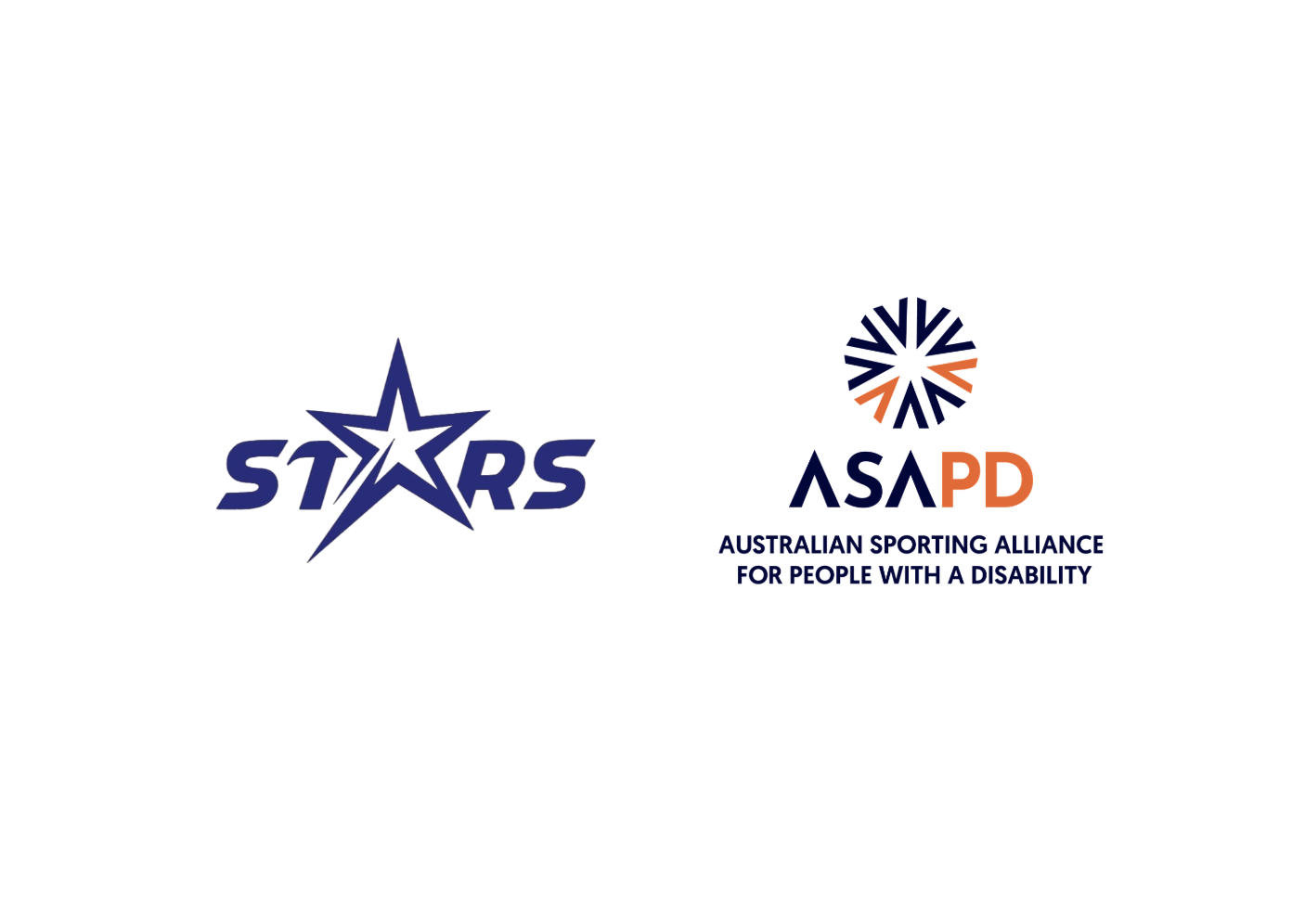

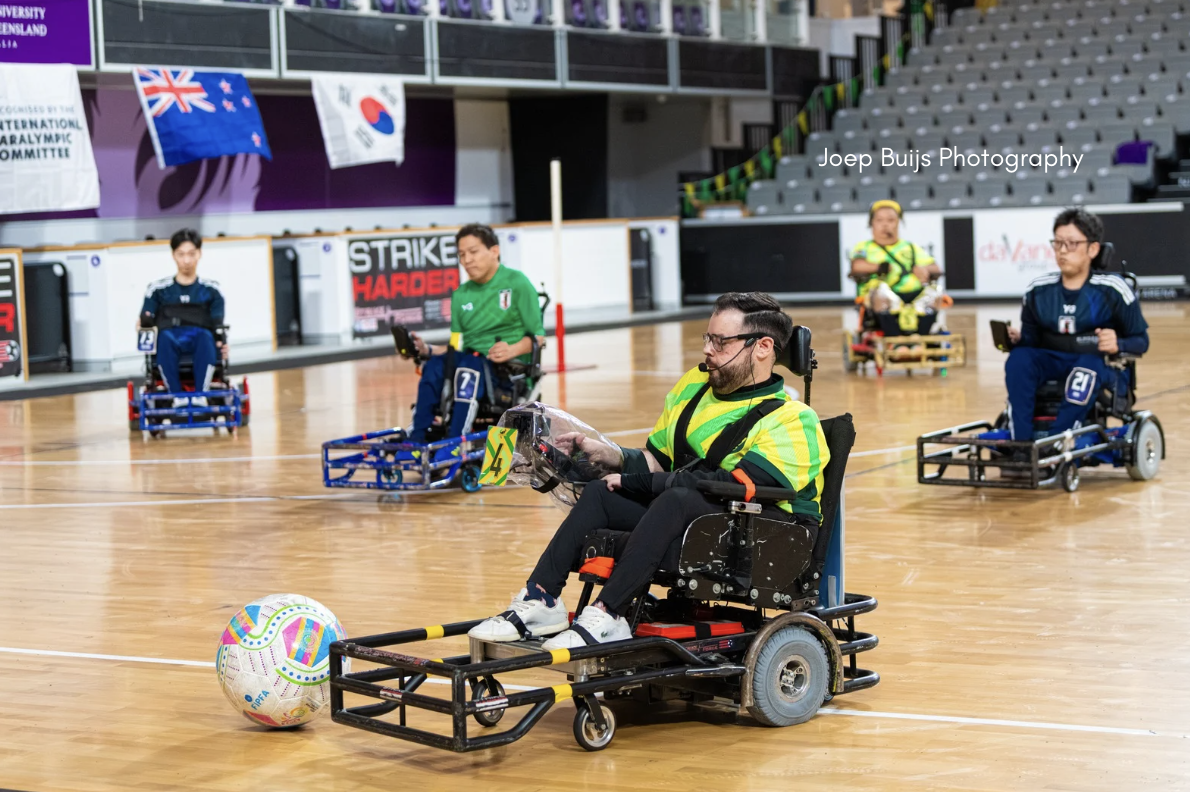
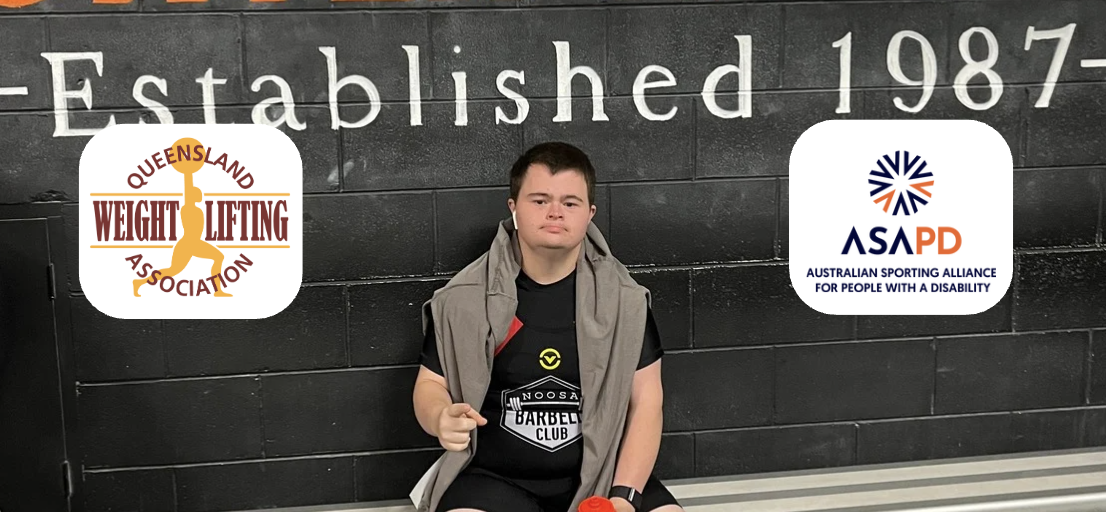
 “But with patient coaching, repetition, and the support of my friends, I’ve been able to learn these movements and continue to improve. I want people to know that Down syndrome doesn’t stop me from being an athlete.”
“But with patient coaching, repetition, and the support of my friends, I’ve been able to learn these movements and continue to improve. I want people to know that Down syndrome doesn’t stop me from being an athlete.”